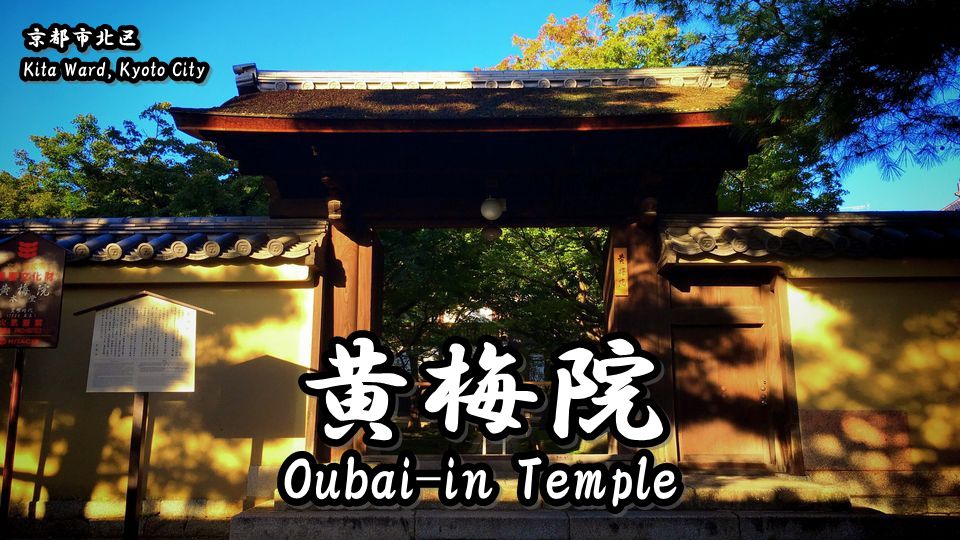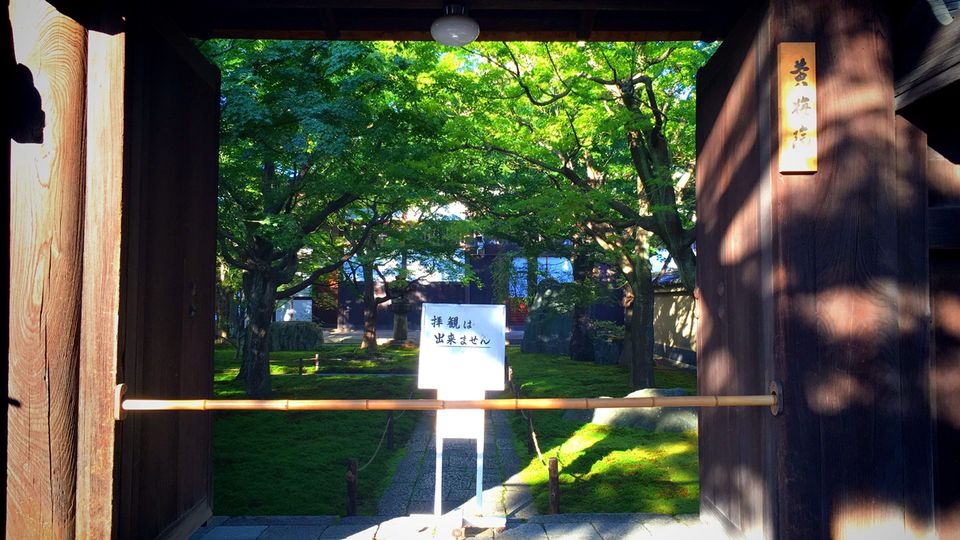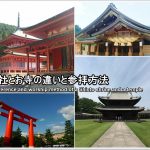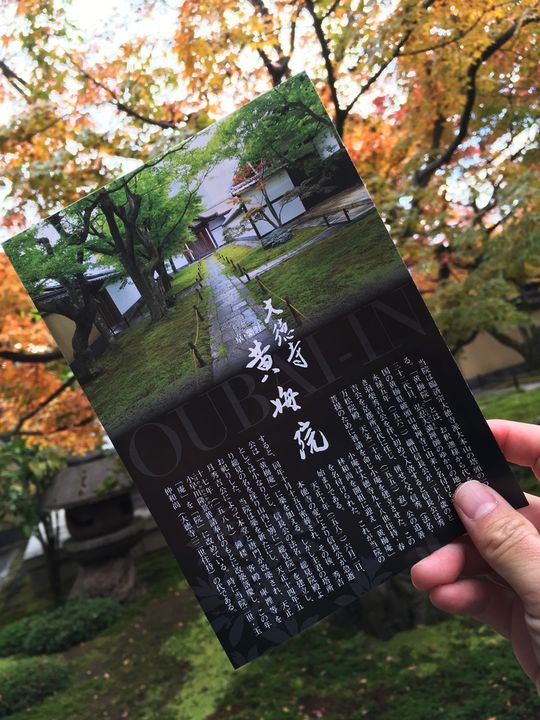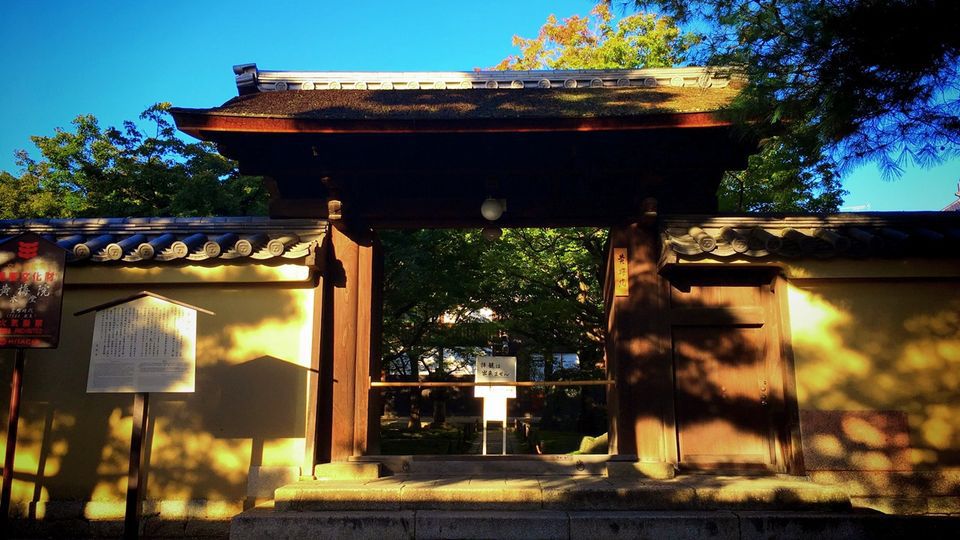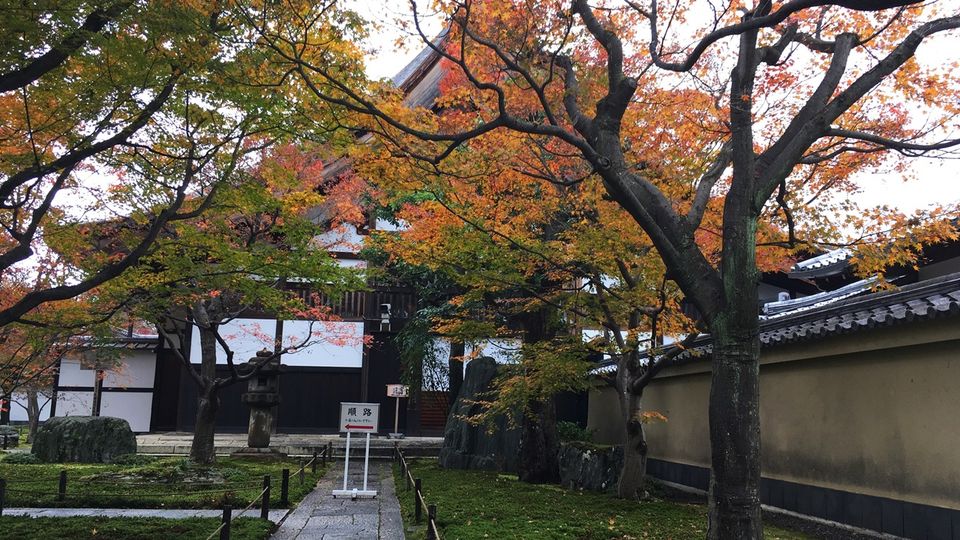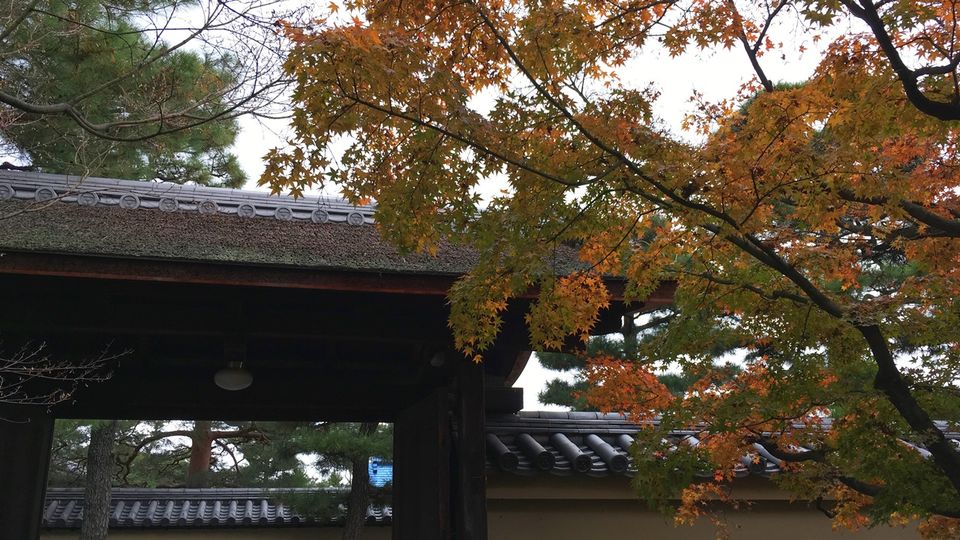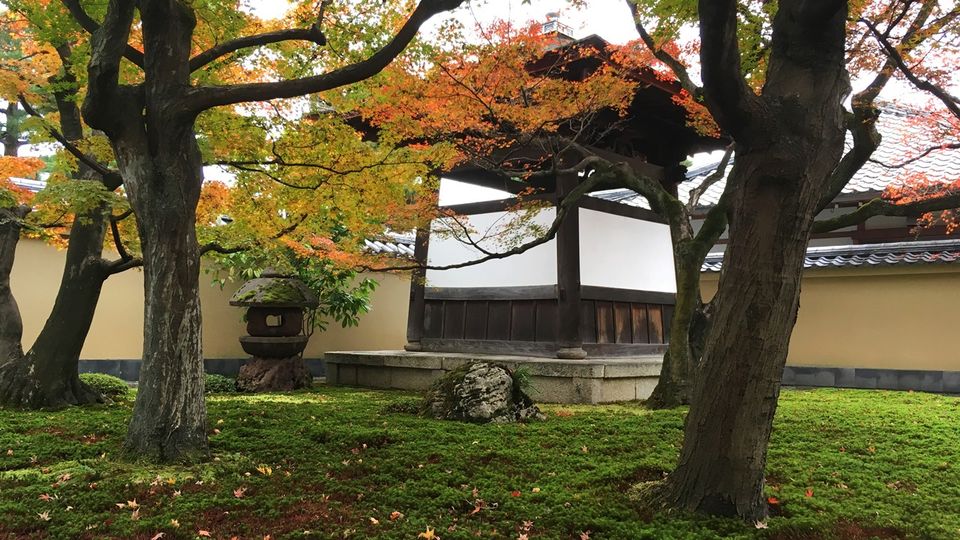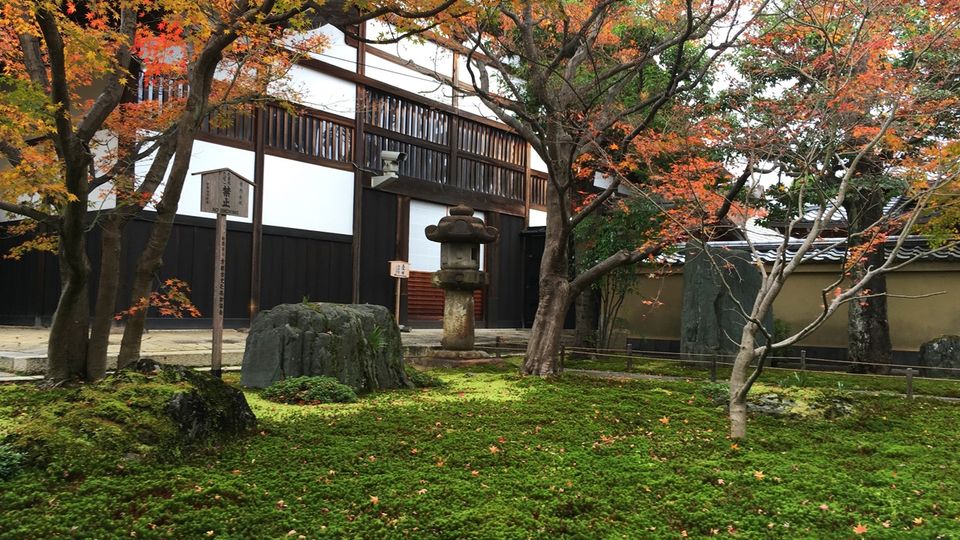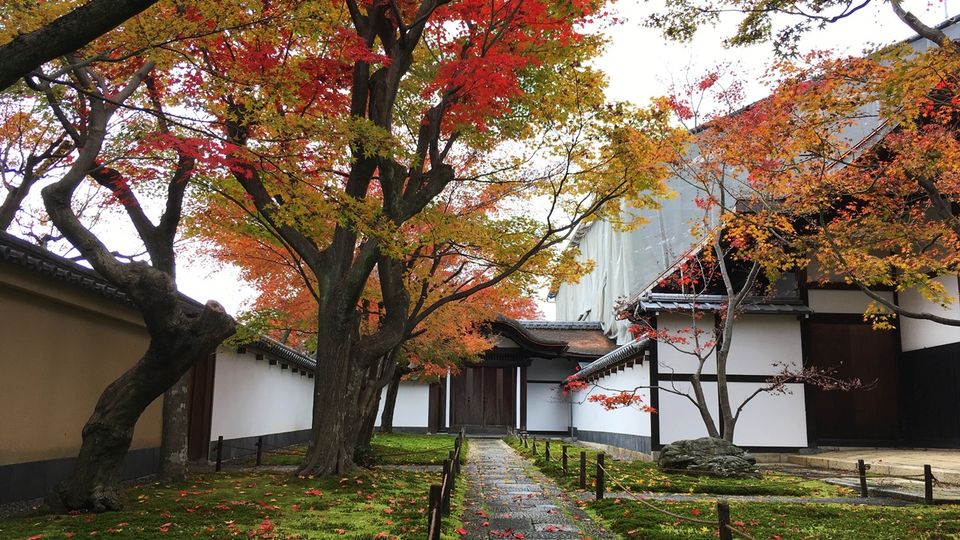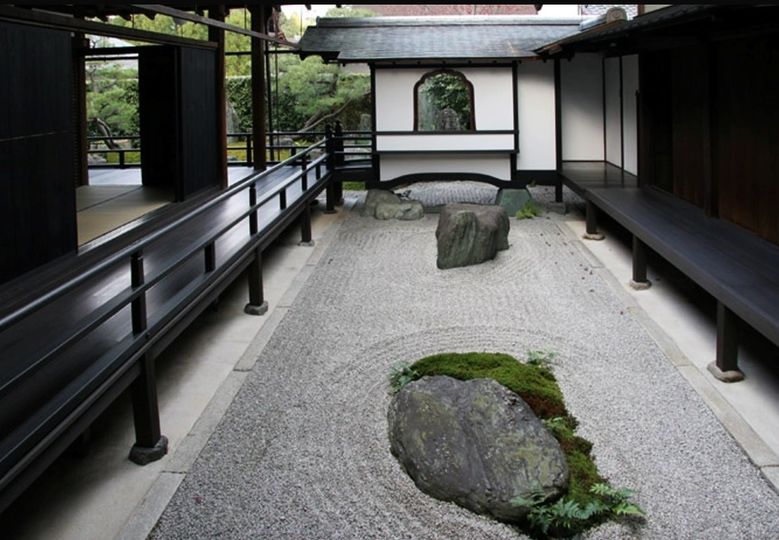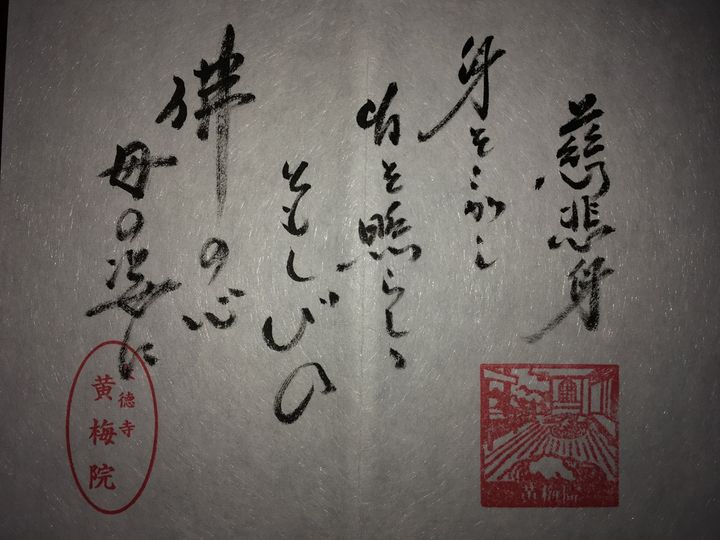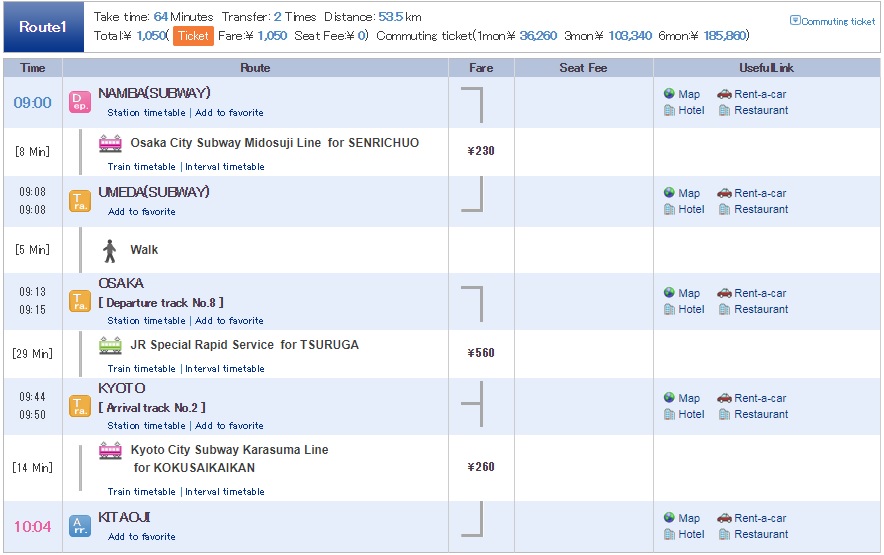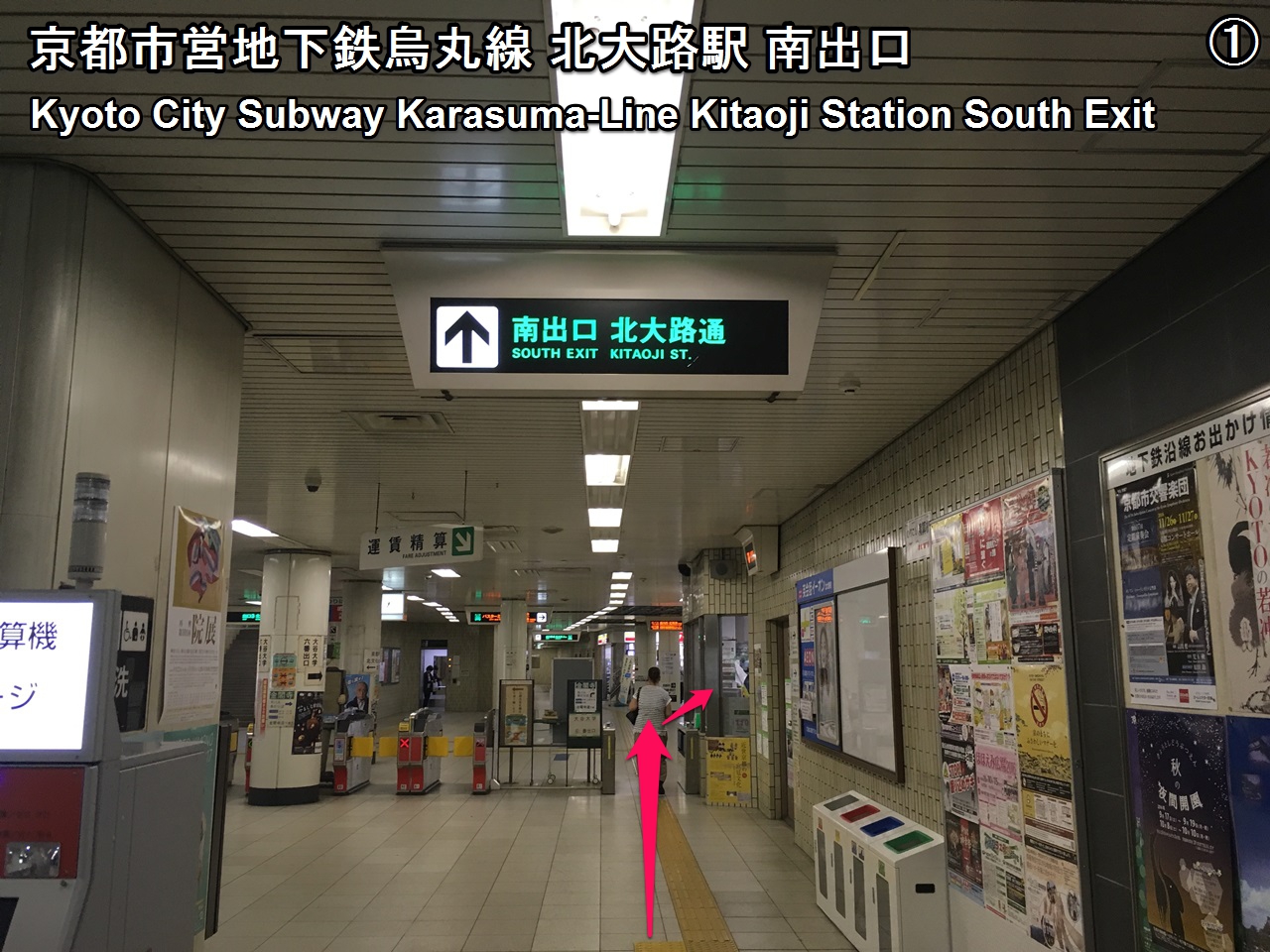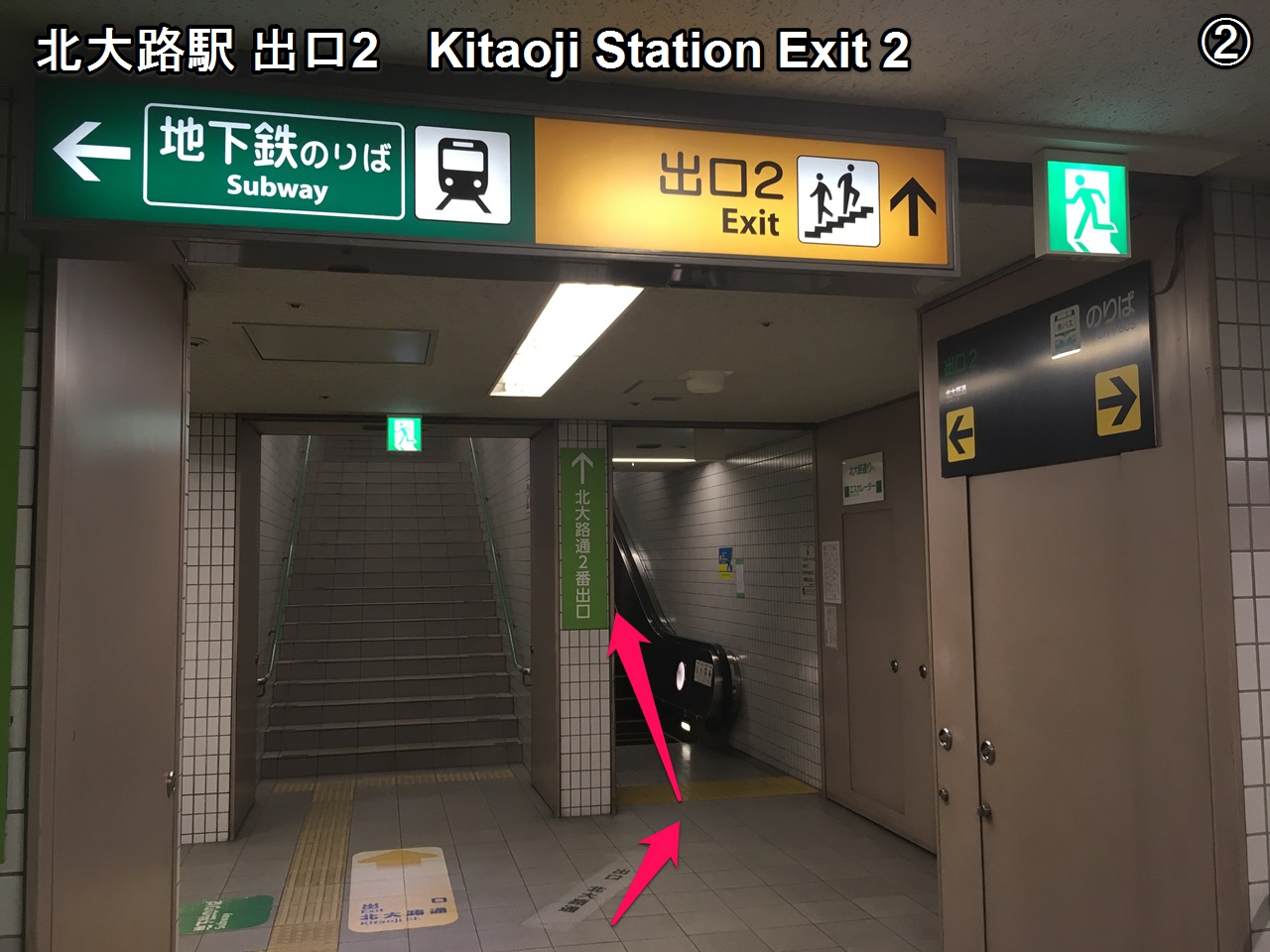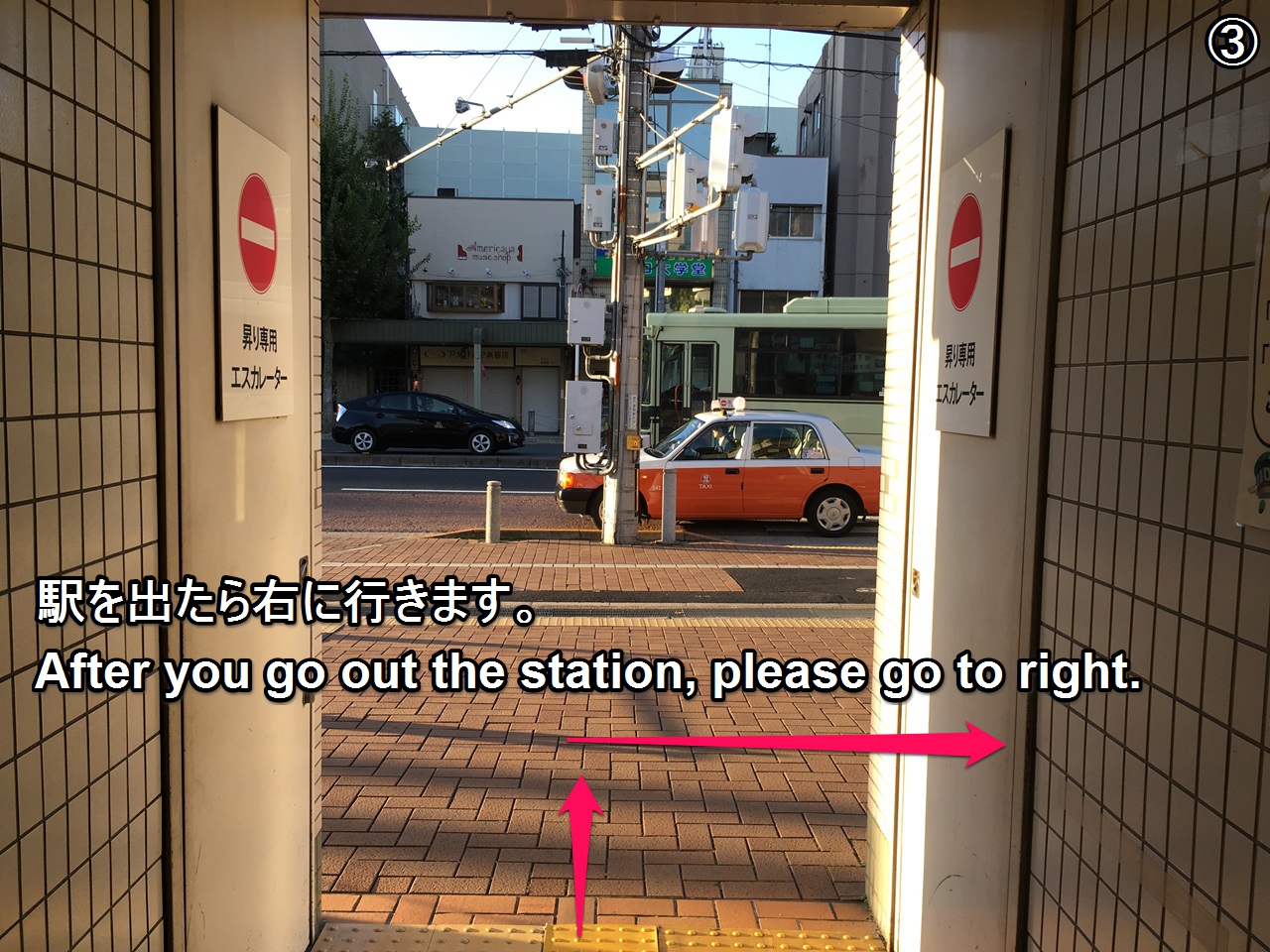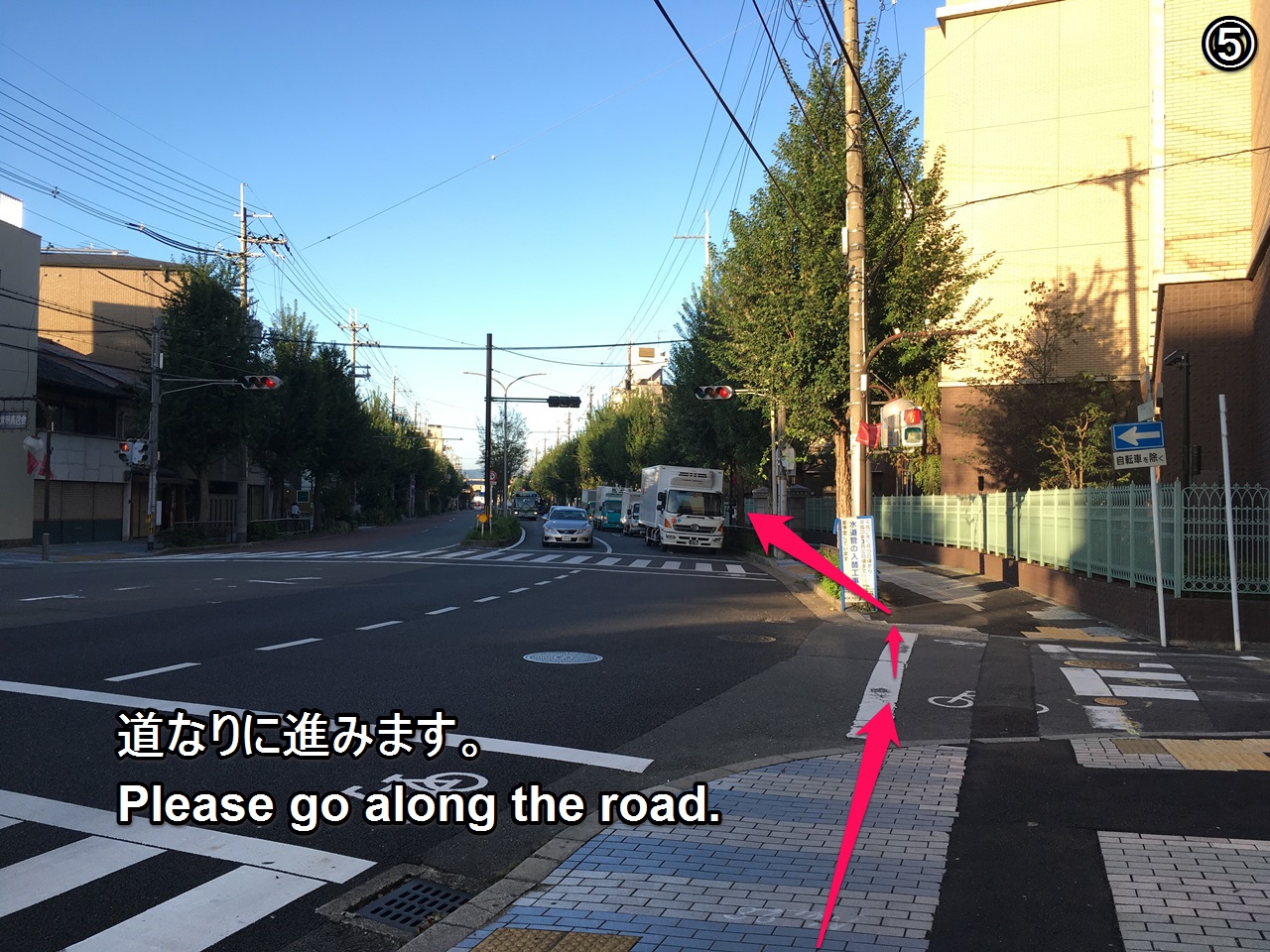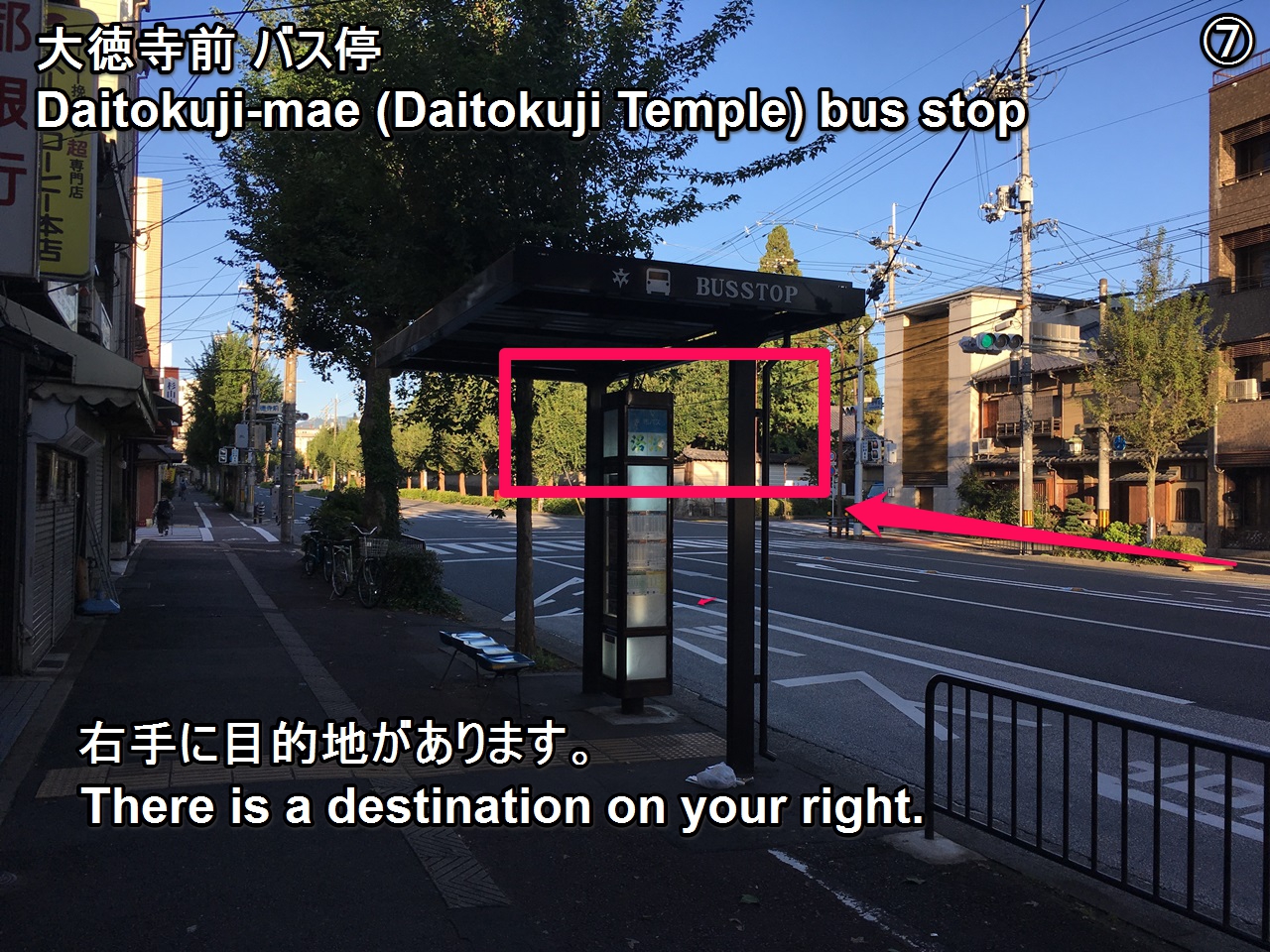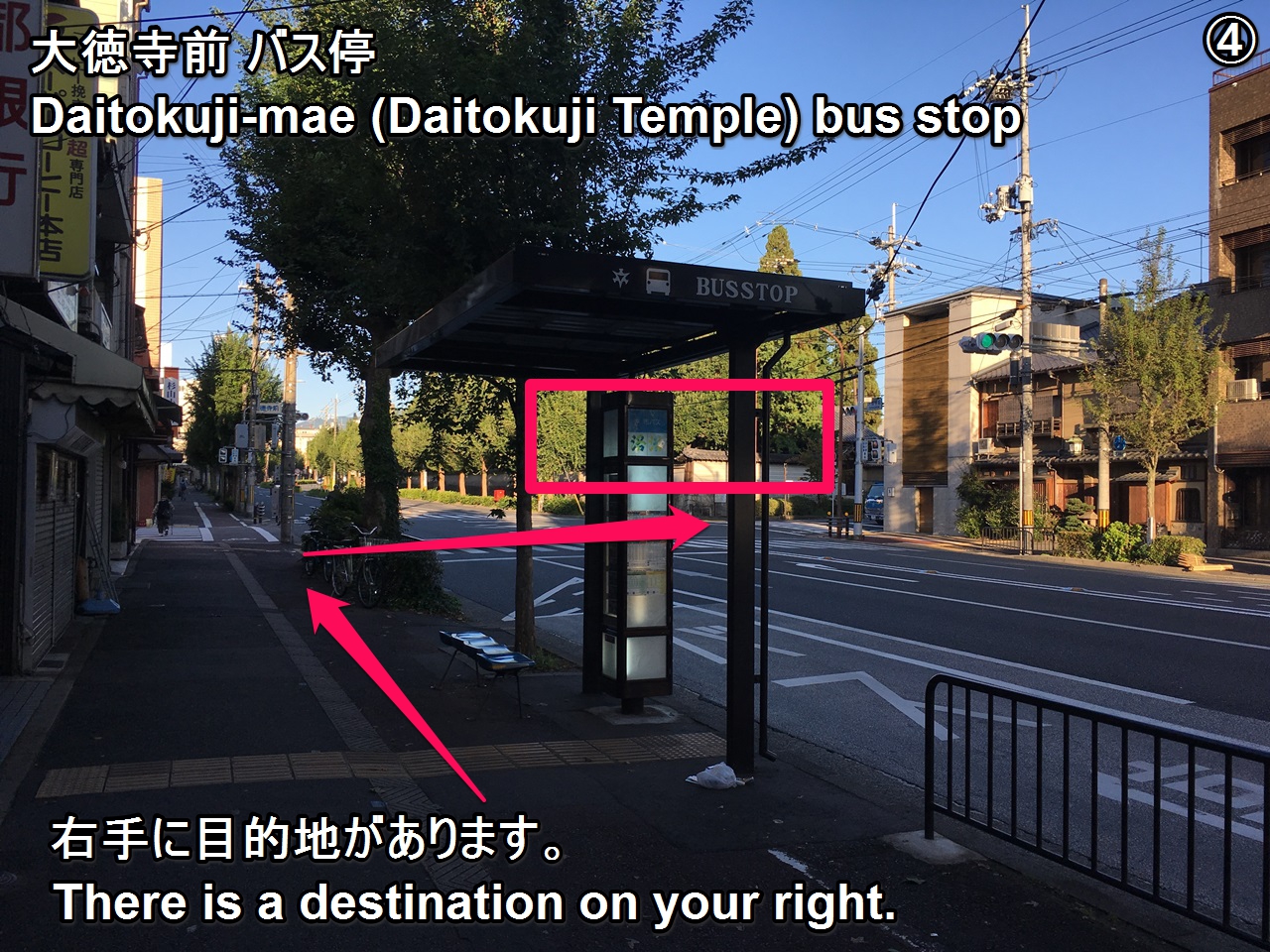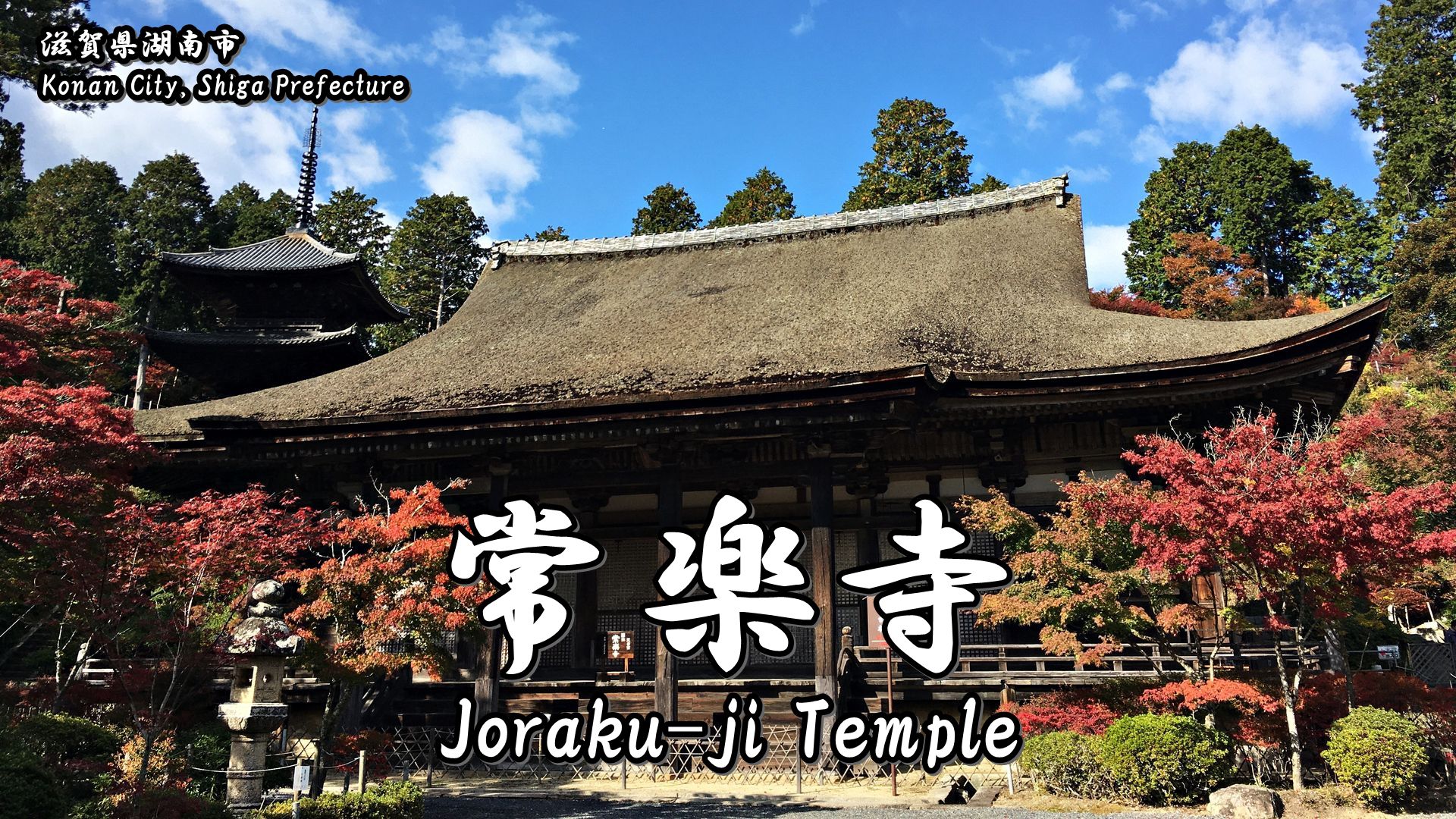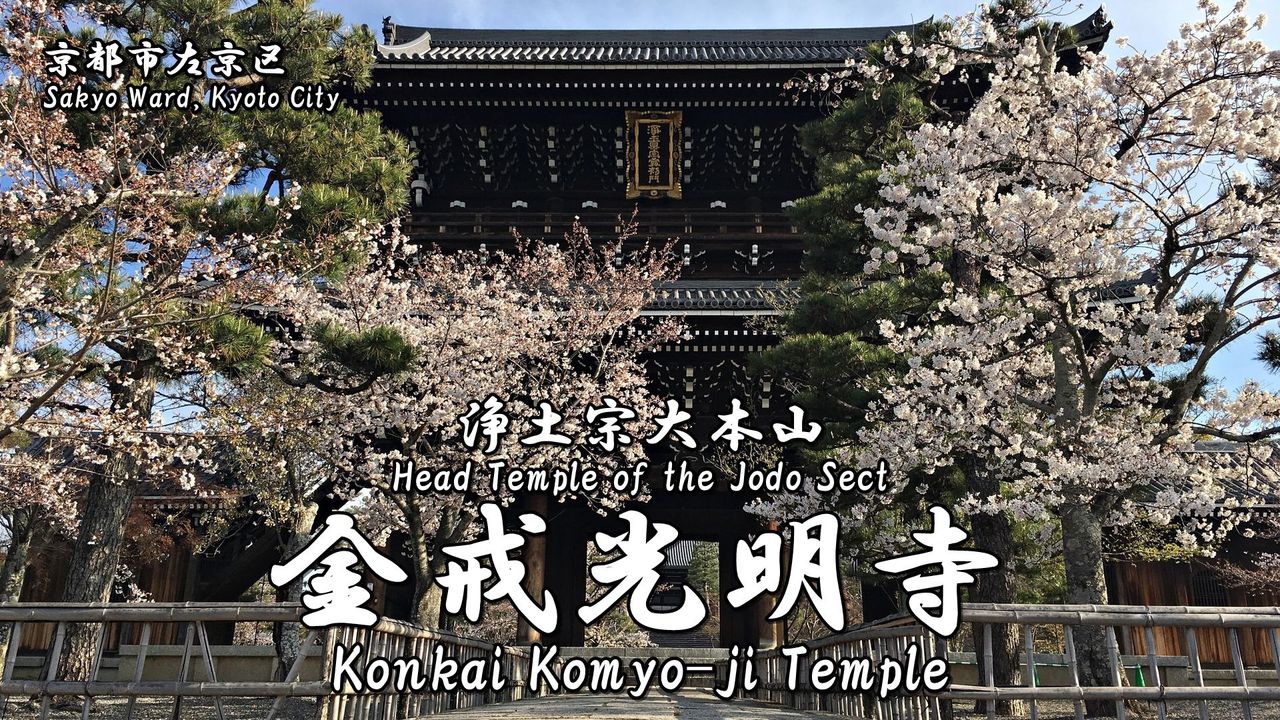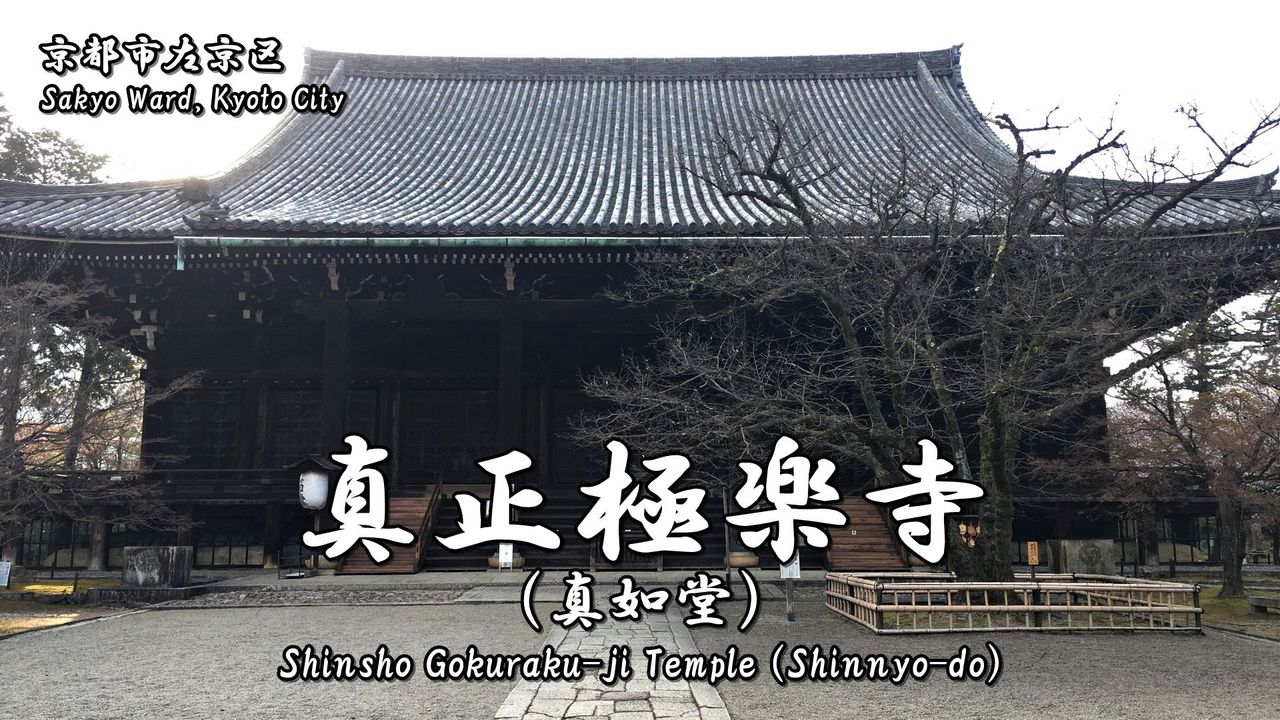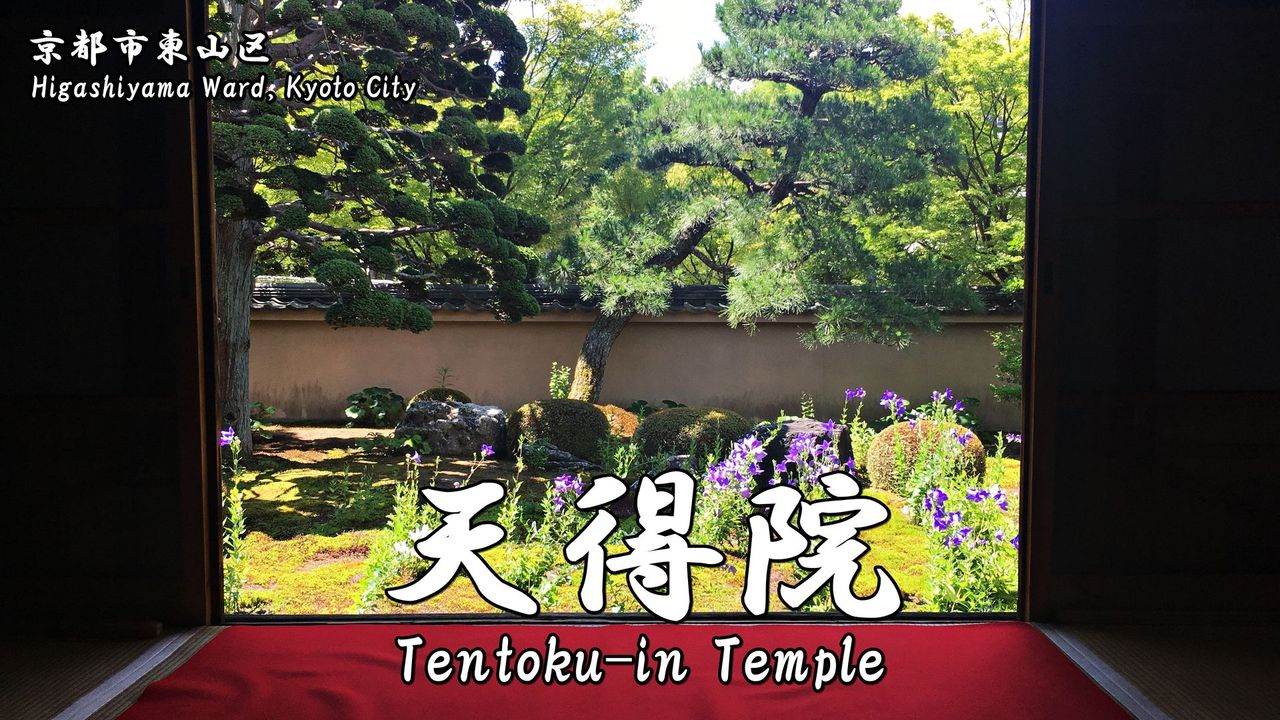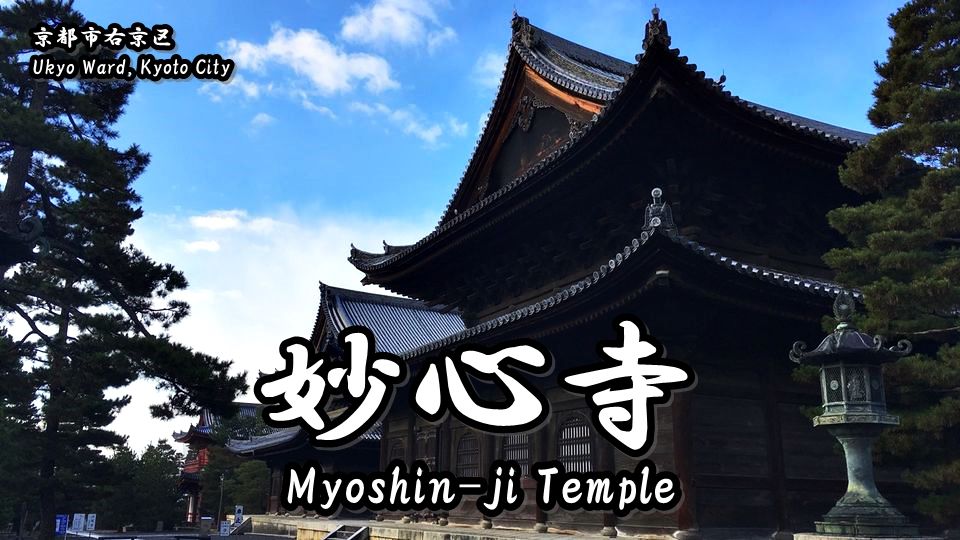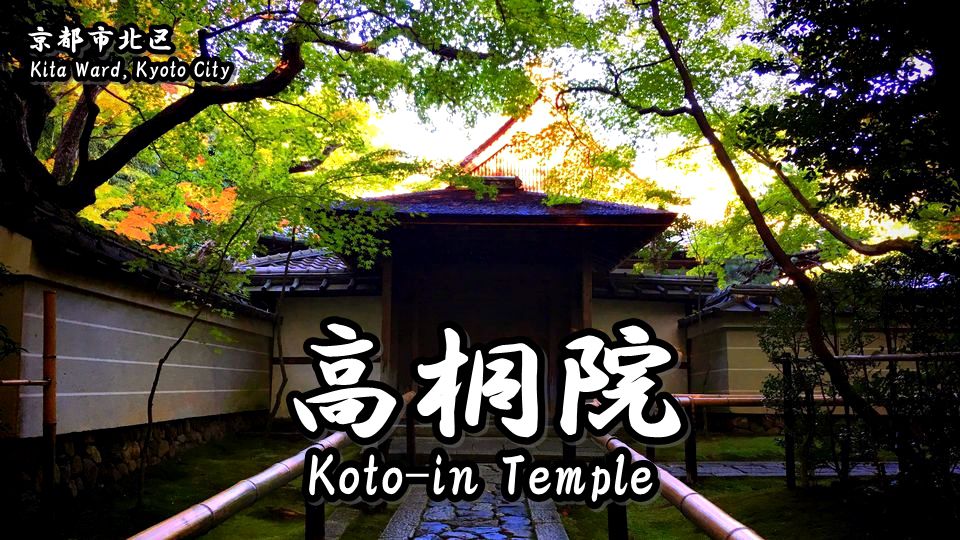Oubai-in (黄梅院) is a temple of the Daitoku-ji school of the Rinzai sect, located in Kita Ward, Kyoto City, and is the tatchu (sub-temple) of Daitoku-ji.
Daitoku-ji is one of the most huge zen-temple in Kyoto, and now it has a total of 24 sub-temples.
Those sub-temples are small temples but have a distinctive charm that big temple does not have.
In addition, they have a history with the deep relationship with their main-temple.
So, when you go to Daitoku-ji, I recommend that you go to these sub-temples.
Oubai-in is the family temple of Kobayakawa clan (小早川家) which had governed the Chugoku region in the Sengoku period (戦国時代).
In addition, this temple also has a deep connection with Nobunaga ODA (織田信長), Hideyoshi TOYOTOMI (豊臣秀吉) and SEN no Rikyu (千利休) who was considered the historical figure with the most profound influence on the Japanese tea ceremony.
Therefore, the Japanese garden which was designed by SEN no Rikyu (千利休) is left in this temple.
History of Oubai-in
Let’s study the history of this sub-temple with me before introducing of Oubai-in (黄梅院).
I think that we can enjoy the sightseeing of this sub-temple more by learning the history of it. XD
Oubai-in (黄梅院) is a temple of the Daitoku-ji school of the Rinzai sect, located in Kita Ward, Kyoto City, and is the tatchu (sub-temple) of Daitoku-ji.
This temple was originally called Oubai-an (黄梅庵).
(Nobunaga ODA (織田信長) ordered Hideyoshi HASHIBA (later Hideyoshi TOYOTOMI (豊臣秀吉)) to construct Oubai-an to pray for the soul of his father Nobuhide (織田信秀) when he first entered Kyoto in 1562.)
Hideyoshi reconstructed Oubai-an after the sudden death of Nobunaga during the Honnoji Incident (本能寺の変) in 1582 but built Soken-in Temple (総見院), which was named after Soken-in-den (総見院殿), the posthumous Buddhist name of Nobunaga, within the precinct of Daitoku-ji Temple as he believed that Obai-an Temple was too small to serve as the burial place of his master.
After that, the temple was renamed Obai-in Temple after Hideyoshi instructed Takakage KOBAYAKAWA (小早川隆景) to construct the main hall and Kara-mon gate in 1586 and renovate the belfry, guest hall and kuri (monks’ living quarters) in 1589.
In addition, because this temple was a favorite of Sen no Rikyu (千利休), the great master of tea ceremony, he made the karesansui garden (枯山水) called ‘Jikichu-tei (直中庭)’ in the precincts of the temple when he was 66 years old.
This garden is the rare karesansui garden which is covered with moss.
Information for visitors
It is not ordinarily open to the public (not fixed).
Below is the information on “Special admission in the winter of 2016”.
Special admission information
Information
Address:1-83, Murasakino Daitokujicho, Kita-ku Kyoto-shi, Kyoto, 603-8231, Japan
Phone number:+81-75-492-4539
Foundation:1562
Founder:Soshuku SHURIN (春林宗俶)
Sect:Daitoku-ji school of the Rinzai sect
Principal image:Shaka Nyorai (釈迦如来)
Open
10:00 ~ 16:00
Admission fee
600 yen (Adults)
Other information
・Please ask temple’s staff where you can take photos and videos.
・Worship method of a shinto shrine and a buddhist temple, please refer to the following article.
Next, Let’s go to see highlights of this temple with me!
Highlights of Oubai-in
- 表門:Omote-mon Gate
- 前庭*:Front garden*
- 鐘楼*:Shoro(Bell Tower)*
- 庫裏(重要文化財)*:Kuri(Important cultural property)*
- 唐門(重要文化財)*:Kara-mon Gate(Important cultural property)*
- 本堂(重要文化財)*:Hon-do(Important cultural property)*
- 書院・自休軒*:Shoin*
- 破頭庭*:Hatou-tei Garden*
- 作仏庭*:Sabutsu-tei Garden*
- 直中庭*:Jikichu-tei Garden*
This mark ‘*‘ is a pay area.
表門:Omote-mon Gate
Omote-mon gate was built by Takakage KOBAYAKAWA (小早川隆景) in 1589 of the Sengoku Period (Azuchi-Momoyama period).
前庭*:Front garden*
Front garden is famous for its beautiful autumn leaves and moss.
Photography is only allowed in this garden.
鐘楼*:Shoro(Bell Tower)*
This is Shoro (Bell tower) in front garden.
Bell was donated by Kiyomasa KATO (加藤清正) in 1592 and is said to have been imported from Korea.
庫裏(重要文化財)*:Kuri(Important cultural property)*
Kuri (priests’ quarters) was built by Takakage KOBAYAKAWA (小早川隆景) in 1589 of the Sengoku Period (Azuchi-Momoyama period).
It is designated as an important cultural property.
唐門(重要文化財)*:Kara-mon Gate(Important cultural property)*
Kara-mon gate was built in 1589 of the Sengoku Period (Azuchi-Momoyama period).
It is designated as an important cultural property.
本堂(重要文化財)*:Hon-do(Important cultural property)*
Hon-do (Main temple) was built in 1586 of the Sengoku Period (Azuchi-Momoyama period).
It is designated as an important cultural property.
書院「自休軒」*:Shoin「Jikyu-ken」*
Shoin was built in 1652 of the Edo Period.
Tea-ceremony room called Sakumu-ken (昨夢軒) is comprised in this building.
Because photography is prohibited in this place, there is no photograph.
破頭庭*:Hatou-tei Garden*
Front garden of Hon-do is called Hatou-tei (破頭庭).
Because photography is prohibited in this place, there is no photograph.
作仏庭*:Sabutsu-tei Garden*
This is the Sabutsu-tei garden (作仏庭) in the north side of the Hon-do.
(I quote this image from a picture postcard.)
直中庭*:Jikichu-tei Garden*
Jikichu-tei garden is the karesansui garden (枯山水) which was made by Sen no Rikyu (千利休).
This garden is the rare karesansui garden which is covered with moss.
Because photography is prohibited in this place, there is no photograph.
Photos of Oubai-in
Goshuin (Red ink stamp) of Oubai-in
Goshuin of this temple is “One paragraph of Waka (31-syllable Japanese poem)”.
We can get this goshuin at Kuri. (1,000 yen)
How to get to Oubai-in
It is located in the precincts of Daitoku-ji.
Nearest station is Kyoto City Subway Karasuma Line Kitaoji Station.
We can also go by bus from JR Kyoto Station.
From Osaka Sta. (by train)
Timetable and Route Search (train)
1.Get on the JR Kyoto Line from Osaka Station to Kyoto Station and change to the Kyoto City Subway Karasuma Line.
2.Get on the Kyoto City Subway Karasuma Line from Kyoto Station to Kitaoji Station.
From Namba Sta. (by train)
Timetable and Route Search (train)
1.Get on the Osaka Metro Midosuji Line from Namba Station to Umeda Station and change to the JR Kyoto Line.
2.Get on the JR Kyoto Line from Osaka Station to Kyoto Station and change to the Kyoto City Subway Karasuma Line.
3.Get on the Kyoto City Subway Karasuma Line from Kyoto Station to Kitaoji Station.
From Kyoto Sta. (by train)
Timetable and Route Search (train)
1.Get on the Kyoto City Subway Karasuma Line from Kyoto Station to Kitaoji Station.
From Kitaoji Sta. (on foot)
It’s about 25 minutes (1.3 km) on foot.
Get on a bus from Kitaoji Sta.
Timetable and Route Search (bus)
Please get on a Kyoto City Bus No.204 or 206 (Kitaoji Bus Terminal [G]) and get off Daitokuji-mae (Daitokuji Temple).
Bus company:Kyoto City Bus
Routes/Destination:204/Bound for Kinkakuji Temple
Boarding bus stop:Kitaoji Bus Terminal [G]
Alighting bus stop:Daitokuji-mae (Daitokuji Temple)
Bus fare:230 yen
Time required:About 5 min
Bus company:Kyoto City Bus
Routes/Destination:204/Bound for Ginkakuji Temple
Boarding bus stop:Kitaoji Bus Terminal [G]
Alighting bus stop:Daitokuji-mae (Daitokuji Temple)
Bus fare:230 yen
Time required:About 5 min
Bus company:Kyoto City Bus
Routes/Destination:206/Bound for Kyoto Sta.
Boarding bus stop:Kitaoji Bus Terminal [G]
Alighting bus stop:Daitokuji-mae (Daitokuji Temple)
Bus fare:230 yen
Time required:About 5 min
Bus company:Kyoto City Bus
Routes/Destination:206/Bound for Kyoto Sta. Via Kiyomizu-dera Temple
Boarding bus stop:Kitaoji Bus Terminal [G]
Alighting bus stop:Daitokuji-mae (Daitokuji Temple)
Bus fare:230 yen
Time required:About 5 min
Get on a bus from Kyoto Sta.
Timetable and Route Search (bus)
Please get on a Kyoto City Bus No.206 (Kyoto Sta. [A3]) and get off Daitokuji-mae (Daitokuji Temple).
Bus company:Kyoto City Bus
Routes/Destination:206/Bound for Kitaoji Bus Terminal Via Daitokuji Temple
Boarding bus stop:Kyoto Sta. [A3]
Alighting bus stop:Daitokuji-mae (Daitokuji Temple)
Bus fare:230 yen
Time required:About 35 min
Take a taxi
From Kyoto Station:About 3,200 yen (20 minutes)
From Gion-Shijo Station:About 3,000 yen (20 minutes)
・Let’s show a taxi driver the following phrase.
・If you want to call a taxi, let’s show the following phrase.
[Phone number of taxi dispatch : Around the Kyoto Station]*Japanese text only.
Hotel search & reservation around Oubai-in
How did you like it?
Have a nice trip!

